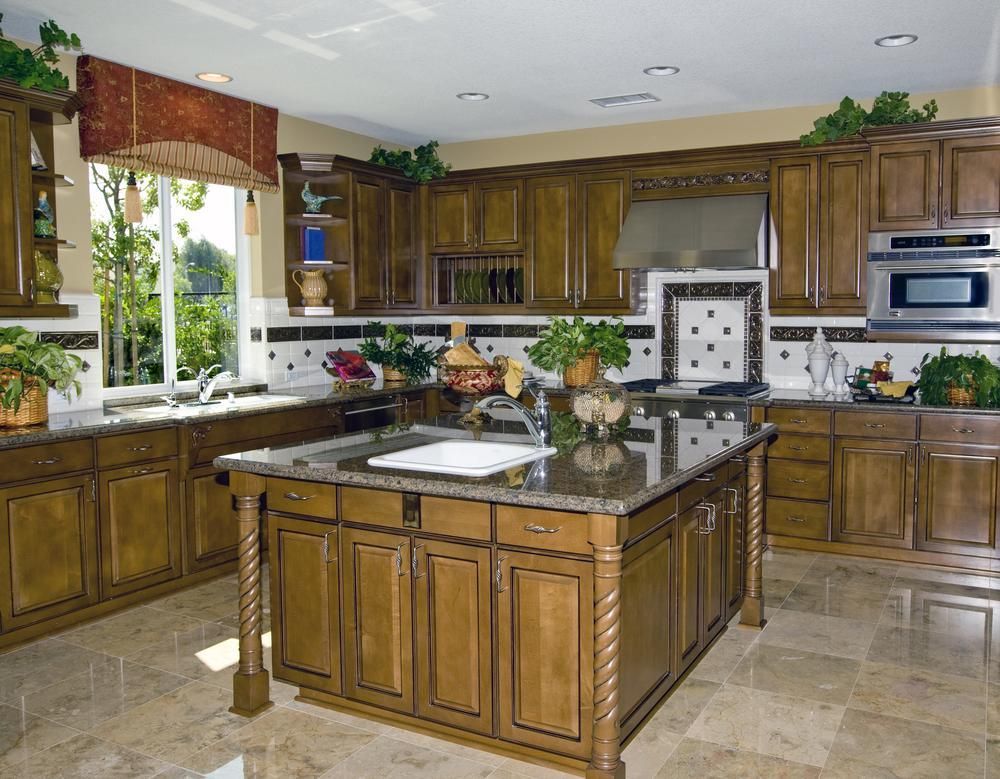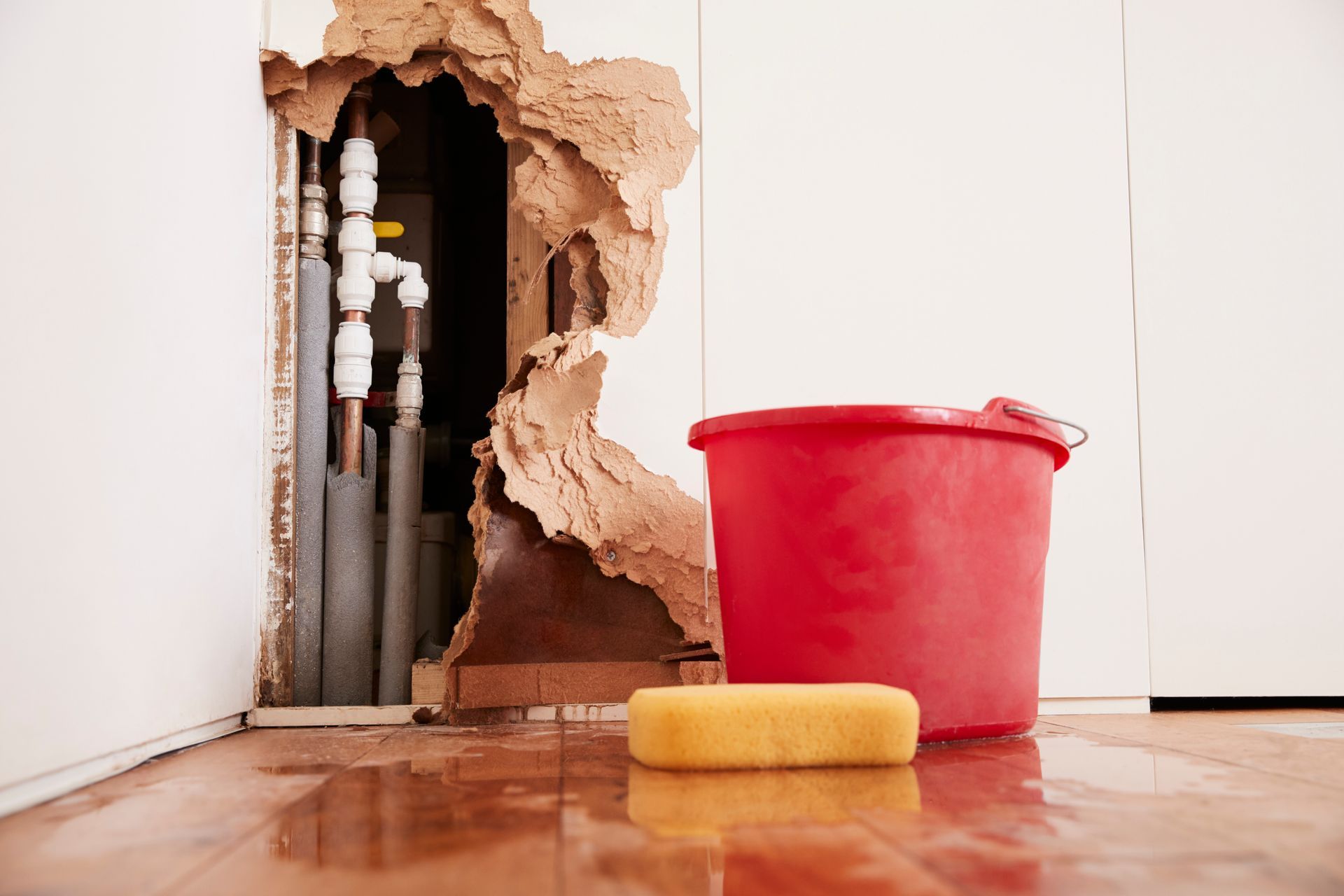Fortunately, there are many ways to remove scratches and stains from Carrara marble countertops. However, deep scratches and major problems should be left to the professionals.
Method 1: Soap & Water
The first step is to clean the area with a solution of mild dish soap and warm water. Dip a soft cloth in the mixture and wring it out to make it damp rather than soaked. Then, rub the scratch with the moist cloth.
You will probably need to repeat this process multiple times to fully remove the mark. Once the mark is gone, you should rinse the countertop with a clean cloth and dry it thoroughly.
Method 2: Polishing Compound
Another way to fix minor scratches is to use a polishing compound. You can buy these products for home use and they are often available in small quantities. Just be sure that you choose a product that does not contain any acid.
If you’re using a polishing compound, apply it to the spot and use your fingers to work the product into the stone. Be careful not to overwork the marble, or you could damage the surface.
After applying the polish, you should wait a few minutes to let it set before removing the excess. Afterwards, wipe the surface with a clean cloth to restore its shine.
Method 3: Sanding
For more severe scratches, you may need to sand down the affected area. Sanding the scratch will help to smooth out the surface. You can also apply a specialized marble polishing paste to the area and buff it to shine again.
Preventing Etches
Etches are a common issue on marble surfaces, and they’re caused by acids coming into contact with the calcium carbonate found on marble. These acids will eventually eat away at the surface layer of the marble, resulting in a dull spot that looks like a hard water stain.
In order to prevent etching, you should avoid using cleaners with bleach or vinegar on marble surfaces. These products are often used to disinfect kitchen areas, but they can cause etching when used on marble countertops.
In addition, you should always keep a barrier between your marble countertops and the acidic liquids that are commonly found in kitchens. Keeping an area rug or doormat at the entrance and exit of your house will help to prevent tracking dirt and spills across your countertops. You should also use trivets under hot pans and dishes to protect the countertop from any potential damage.








